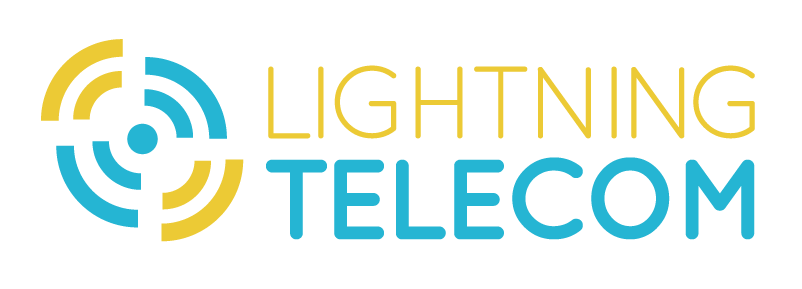VoIP Service
First, voice is converted by an ATA (Analog Telephone Adapter) or IP phone, from an analog signal to a digital signal. It is then sent over the Internet in data packets to a location that will be close to the destination. Then it will be converted back to an analog signal for the remaining distance over a traditional circuit switch (PSTN) (unless it is VoIP to VoIP). Your call can be received by traditional telephones worldwide, as well as other VoIP users. VoIP to VoIP calls can travel entirely over the Internet. Since your voice is changed to digital (so that it can travel over the Internet), other great features such as voice messages to email, call forwarding, logs of incoming and outgoing calls, caller ID, etc., can be included in your basic calling plan all for one low price. Many of these special features are great for the small business person who relies on their phone service to be more a information center rather than just a telephone.
SIP Trunking
SIP trunks are telephone line trunks delivered over IP using the SIP protocol. Using this standard protocol, telecom service (VoIP) providers connect one or more channels to the customer’s PBX. Phone numbers and DIDs are linked to the SIP trunk. In many cases numbers can be ported to the SIP trunk.
Hosted PBX
One of the latest spin offs of business telecom technology is the Hosted PBX. This technology allows small and medium-sized businesses to have a sophisticated telephone system without the investment in telephone equipment. In fact, the entire telephone system is operated and maintained by your Voice-over-IP (VoIP) service provider. A Hosted PBX lets employees work from their home, a hotel or on their cell phone while still being connected to the same office telephone system. Just like a Fortune 500 telephone system, you can transfer callers, put them on hold with music, set up conference calls or have the phone answered by an automated attendant who can direct callers to different departments.
